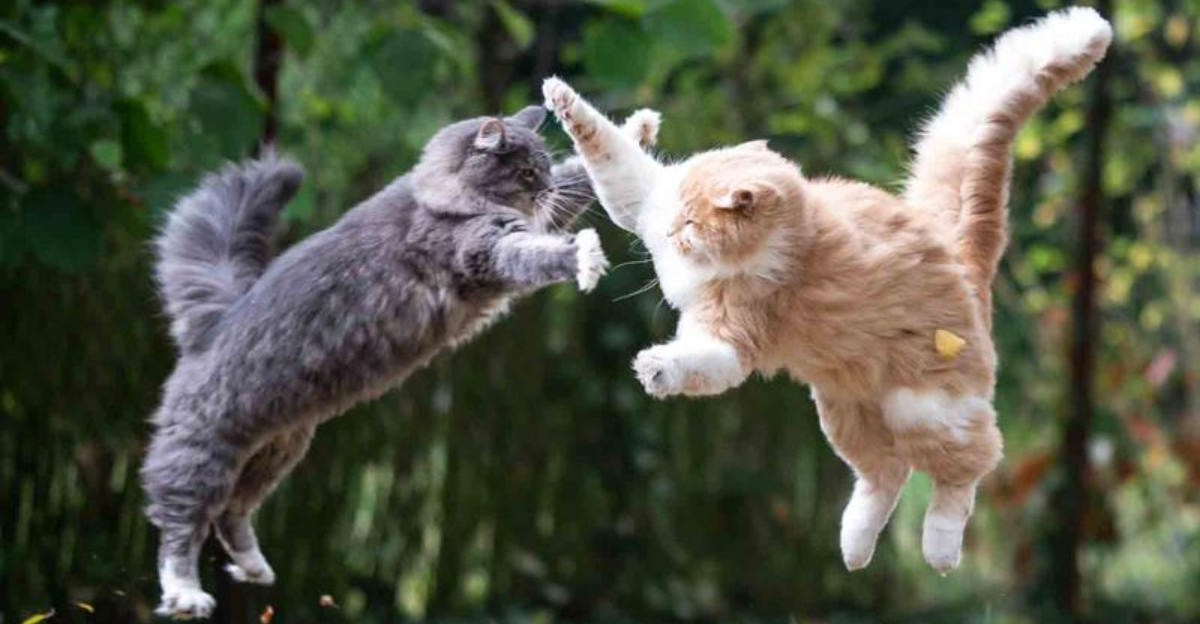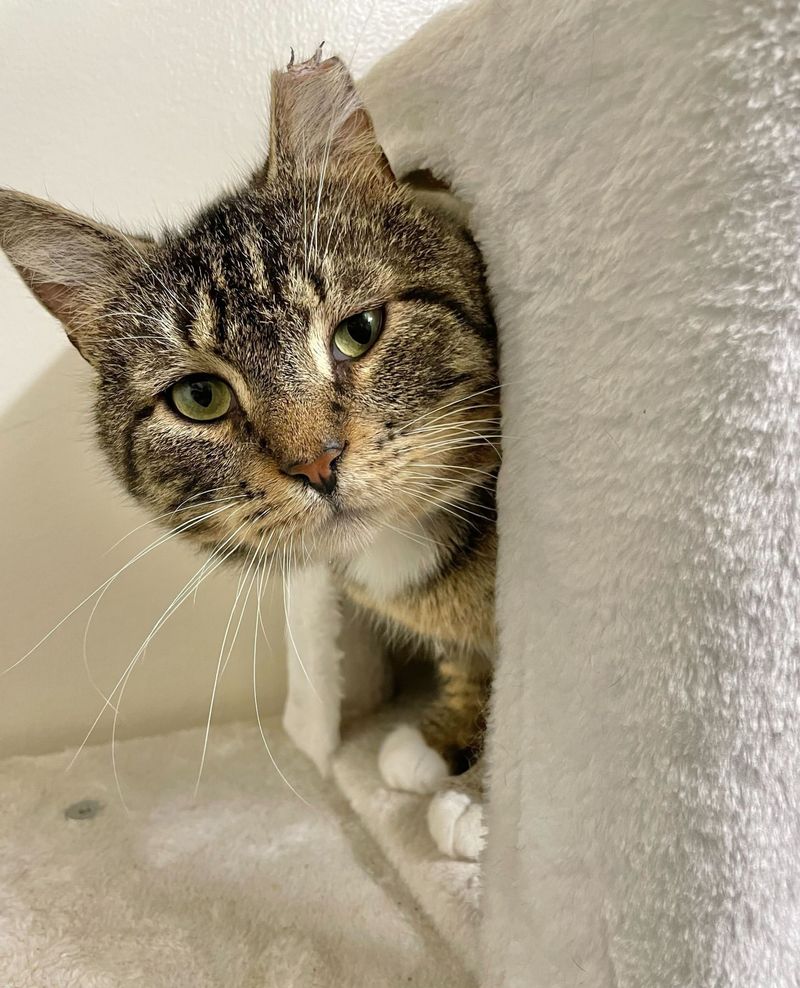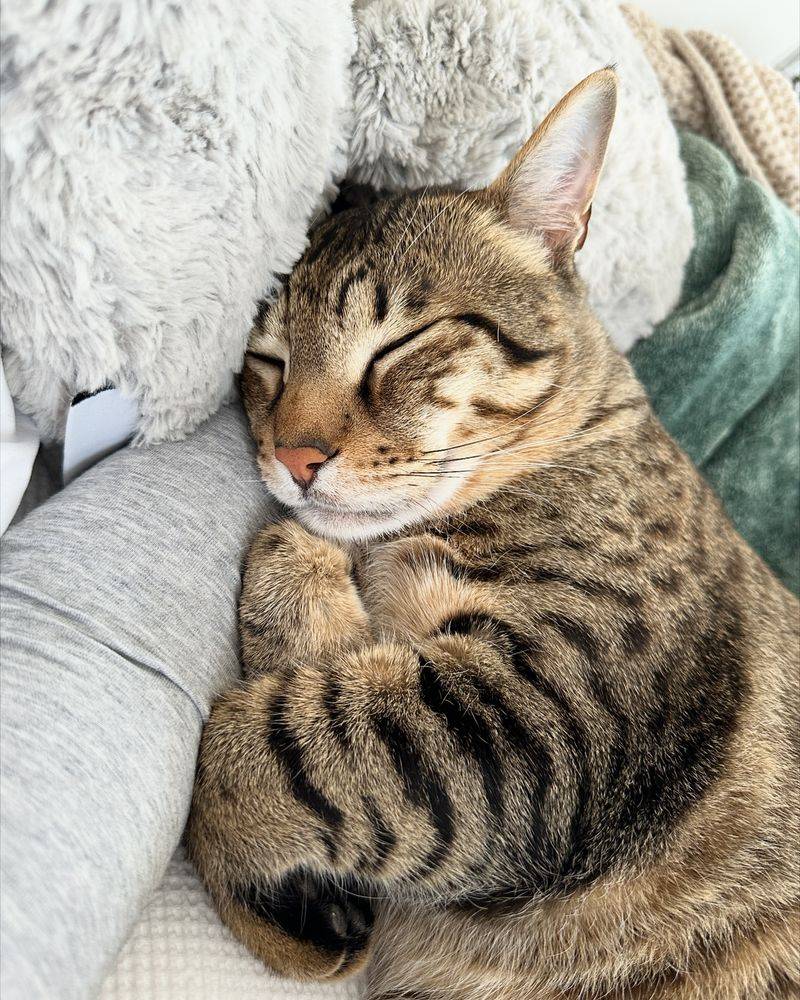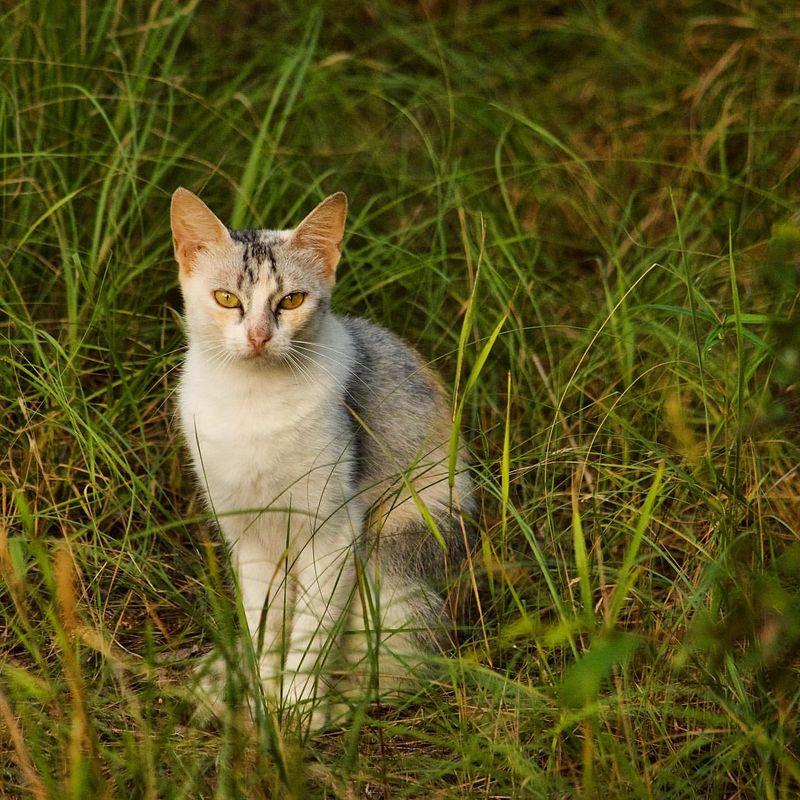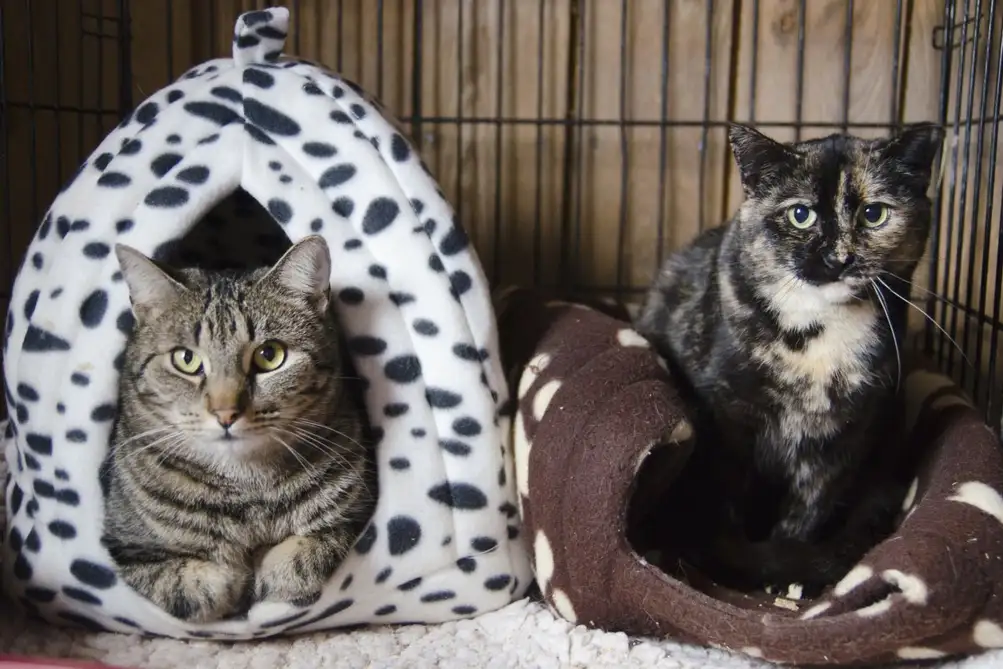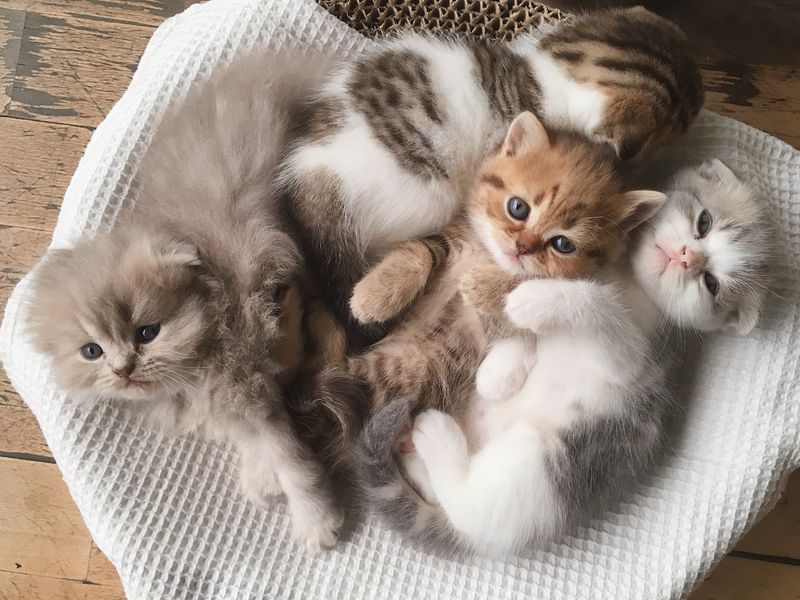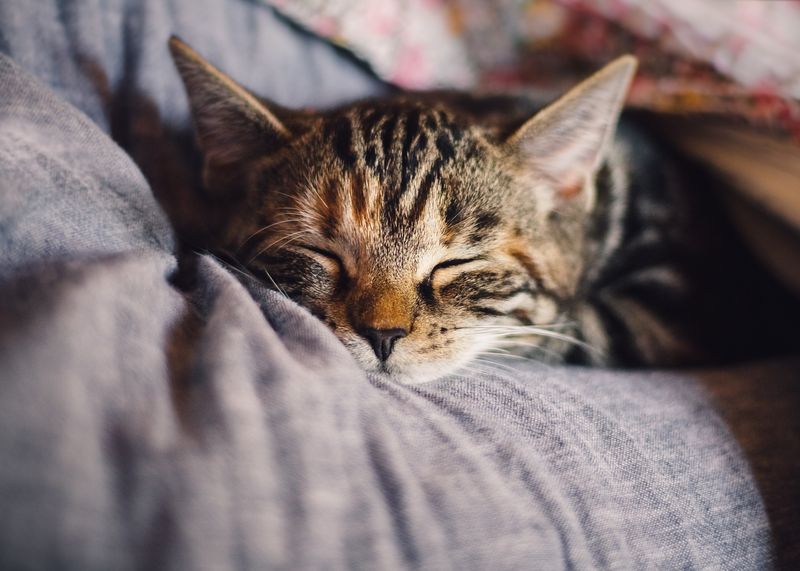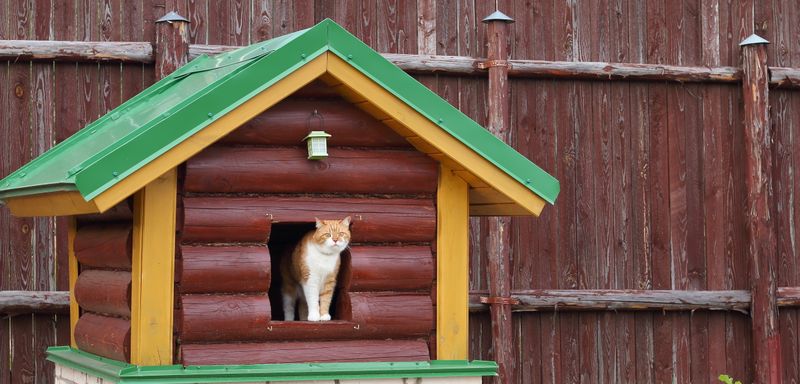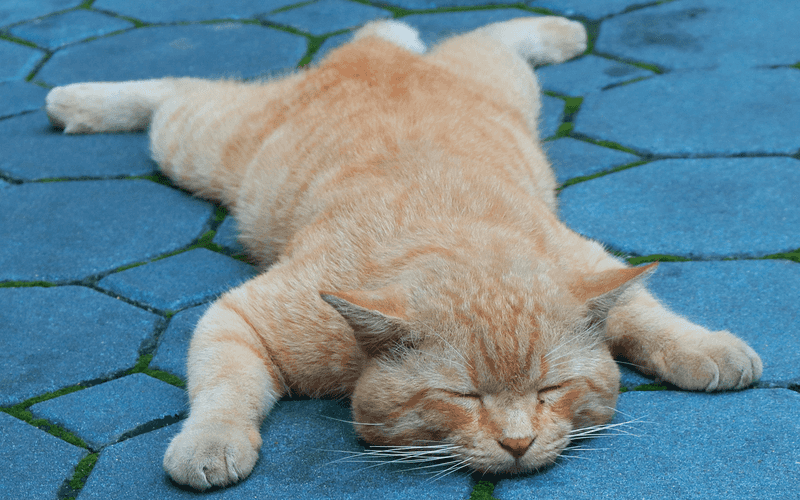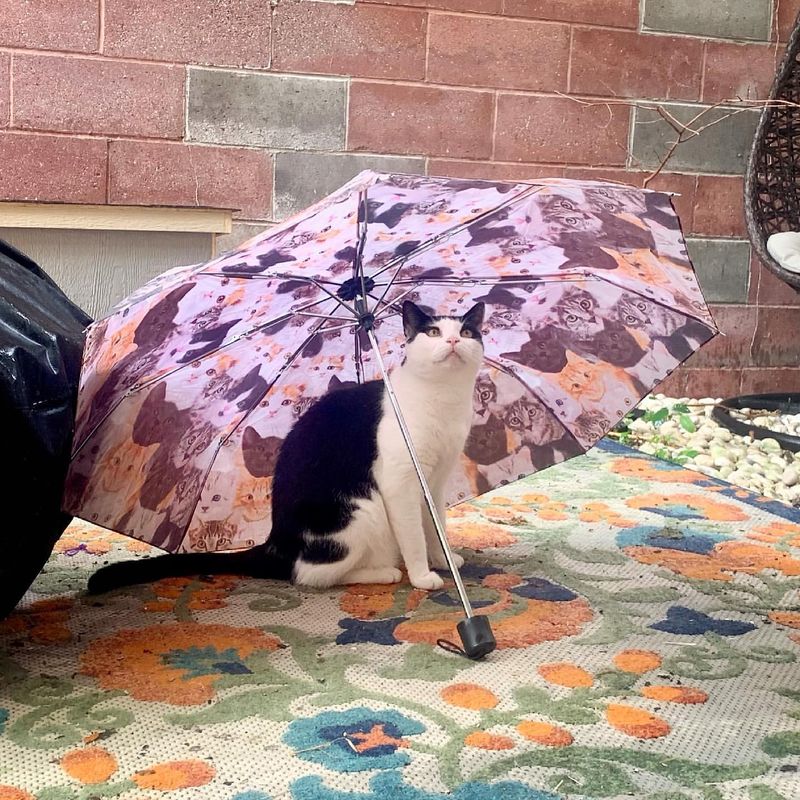📖 Table of Content:
- 1. Protection from Harsh Weather
- 2. Provides a Safe Haven
- 3. Helps Conserve Energy
- 4. Reduces Risk of Illness
- 5. Encourages Community Support
- 6. Decreases Territorial Fights
- 7. Supports Feral Cat Management Programs
- 8. Enhanced Safety Measures
- 9. Attracting Unwanted Wildlife
- 10. Encouraging Overpopulation
- 11. Maintenance Challenges
- 12. Potential for Predators
- 13. Health and Disease Concerns
- 14. Human Interference or Vandalism
- 15. Encouraging Dependence
- 16. Weather Vulnerability
Outdoor cats encounter numerous challenges, from harsh weather conditions to potential dangers in their surroundings. Providing them with temporary shelters offers a safe space where they can find refuge and protection. These shelters are not merely an option but a crucial support system for many outdoor cats.
There are several advantages to offering temporary shelters, making them an essential resource for feline well-being. They provide warmth during cold seasons, shade in the heat, and a secure place to rest. Beyond comfort, these shelters can also contribute to the overall health and safety of cats living outdoors.
By ensuring outdoor cats have access to proper shelter, we help reduce risks and improve their quality of life. Temporary shelters offer protection from predators, harsh weather, and even disease. Understanding the benefits of these shelters highlights their necessity, rather than viewing them as a luxury.
1. Protection from Harsh Weather
These shelters offer a refuge from rain, snow, and extreme temperatures, ensuring cats remain dry and warm. When the weather turns icy, a simple shelter can be a lifesaver. A well-insulated house helps maintain a stable temperature, allowing cats to conserve body heat. By keeping the wind and elements at bay, these shelters reduce the risk of hypothermia and frostbite. It’s a simple act of kindness that offers cats a place to retreat when the weather outside is frightful.
2. Provides a Safe Haven
Providing a secure shelter gives cats a safe place to escape from potential predators and other dangers. In an unpredictable world, having a dedicated space helps minimize their stress. Since cats are naturally wary animals, a designated refuge allows them to feel more comfortable. It also encourages them to remain close to home, reducing their chances of encountering harm. A shelter isn’t just a physical space—it offers reassurance and peace of mind for both cats and their caregivers.
3. Helps Conserve Energy
Temporary shelters help outdoor cats conserve energy by providing a warm and comfortable resting place. During colder months, cats need more energy to maintain body heat. A well-designed shelter minimizes energy expenditure, allowing them to survive harsh climates. By reducing the need to roam for warm spots, these shelters save valuable energy that cats can use for other essential activities. Not only do they help in maintaining a healthy weight, but they also support overall health by reducing stress. A cozy shelter is an energy saver that benefits cats in more ways than one.
4. Reduces Risk of Illness
By providing a dry and warm space, they minimize exposure to cold and wet conditions that can lead to respiratory infections and other health issues. Cats that have access to shelters are less likely to suffer from illnesses related to harsh weather. This proactive approach not only protects their health but also reduces the burden on caregivers who might otherwise face costly veterinary bills. Shelters are a simple solution that promotes healthier lives for outdoor cats.
5. Encourages Community Support
Cat shelters inspire community participation and support. Seeing cats with proper shelter encourages people to contribute to their welfare, whether through food, medical care, or general assistance. These community-driven initiatives often lead to organized feeding schedules and routine health check-ups. Shelters also serve as a unifying element, bringing together cat lovers who share the goal of improving feline lives. By nurturing a sense of duty, these shelters help establish a strong support system for both the animals and their caretakers, ultimately strengthening community ties.
6. Decreases Territorial Fights
By offering separate resting areas, temporary shelters can help prevent conflicts among outdoor cats and promote peaceful coexistence. Cats are territorial by nature, and disputes over territory can lead to injuries and stress. These separate areas for each cat reduce competition and allow cats to coexist more peacefully. This approach not only decreases the likelihood of physical confrontations but also helps maintain a more harmonious cat community. Providing adequate sheltering options is a simple yet effective way to promote peace among outdoor cats.
7. Supports Feral Cat Management Programs
Temporary shelters play a crucial role in supporting and improving feral cat management programs. These initiatives typically involve trapping, neutering, and returning cats to their familiar surroundings. Shelters offer a reliable refuge, ensuring that cats have a stable place to return to. With proper sheltering, feral cats can adapt and thrive in their environment, increasing the effectiveness of management efforts. By providing a controlled space, these shelters also make feeding and health monitoring more manageable, making them an essential part of organized feral cat care.
8. Enhanced Safety Measures
Enhanced safety measures are a significant benefit of temporary shelters for outdoor cats. These shelters often include features like raised platforms and reflective materials that increase visibility at night. Such enhancements protect cats from nighttime hazards, including traffic. By providing a secure environment, these shelters reduce the risk of accidents and injuries. They offer peace of mind to caregivers who worry about their feline friends wandering in the dark. Well-designed shelters are a practical solution that prioritizes the safety and security of outdoor cats, ensuring they are better protected.
9. Attracting Unwanted Wildlife
These animals may be drawn to the food or warmth the shelters provide, potentially leading to conflicts. Additionally, wildlife presence can deter the cats themselves from using the shelters, defeating the purpose. Homeowners might also face property damage or disturbances caused by these unexpected visitors, making it crucial to consider wildlife management when setting up cat shelters.
10. Encouraging Overpopulation
Temporary shelters may inadvertently encourage cat overpopulation in certain areas. Providing easy access to shelter can lead to increased breeding, as cats find suitable conditions for raising kittens. This overpopulation can strain resources and lead to more cats without permanent homes. Responsible management, including spaying and neutering, is crucial to prevent these issues from escalating and to maintain a balanced cat population.
11. Maintenance Challenges
Maintaining temporary shelters can be challenging, particularly in changing weather conditions. Regular upkeep is necessary to ensure the structures remain safe and habitable for cats. Neglect can lead to deterioration, making the shelters unusable. Homeowners or volunteers need to commit time and resources to keep the shelters in good condition, which might not always be feasible, especially in larger communities.
12. Potential for Predators
Temporary shelters can inadvertently expose cats to predators. While they provide cover, they may also become easy targets for animals like foxes or coyotes, which can pose a serious threat to the cats’ safety. Ensuring shelters are placed in secure locations and constructed with sturdy materials can mitigate this risk. Awareness of local wildlife and their behaviors is essential in preventing predation.
13. Health and Disease Concerns
Although temporary shelters provide protection, they can also contribute to health concerns among cats, particularly by facilitating disease transmission. When multiple cats inhabit the same space, the risk of infection rises, especially if sanitation is neglected. Regular cleaning and health monitoring are necessary to prevent outbreaks. Encouraging community participation in maintaining hygiene and veterinary care can create a healthier environment for stray and feral cats.
14. Human Interference or Vandalism
Human interference is a significant risk for temporary cat shelters. Vandalism or tampering by individuals can render the shelters unusable, depriving cats of essential cover. In urban areas, this risk may be heightened due to more frequent human traffic. Community awareness and regular monitoring can help protect the shelters from such destructive actions, ensuring they remain a refuge for the cats.
15. Encouraging Dependence
Temporary shelters might lead to dependency among outdoor cats. Regular access to food and shelter can discourage cats from seeking their own resources, making them reliant on human-provided support. This dependency can hinder their survival skills, which are crucial for feral cats. Finding a balance between support and independence is key to fostering a resilient and self-sufficient outdoor cat population.
16. Weather Vulnerability
Weather conditions pose a significant challenge to temporary shelters. Structures may not withstand heavy rain, snow, or wind, leading to potential damage and discomfort for the cats. Ensuring shelters are weatherproof and stable is essential. Regular inspection and reinforcement can help combat weather-related issues, providing safer havens for outdoor cats during adverse conditions.
